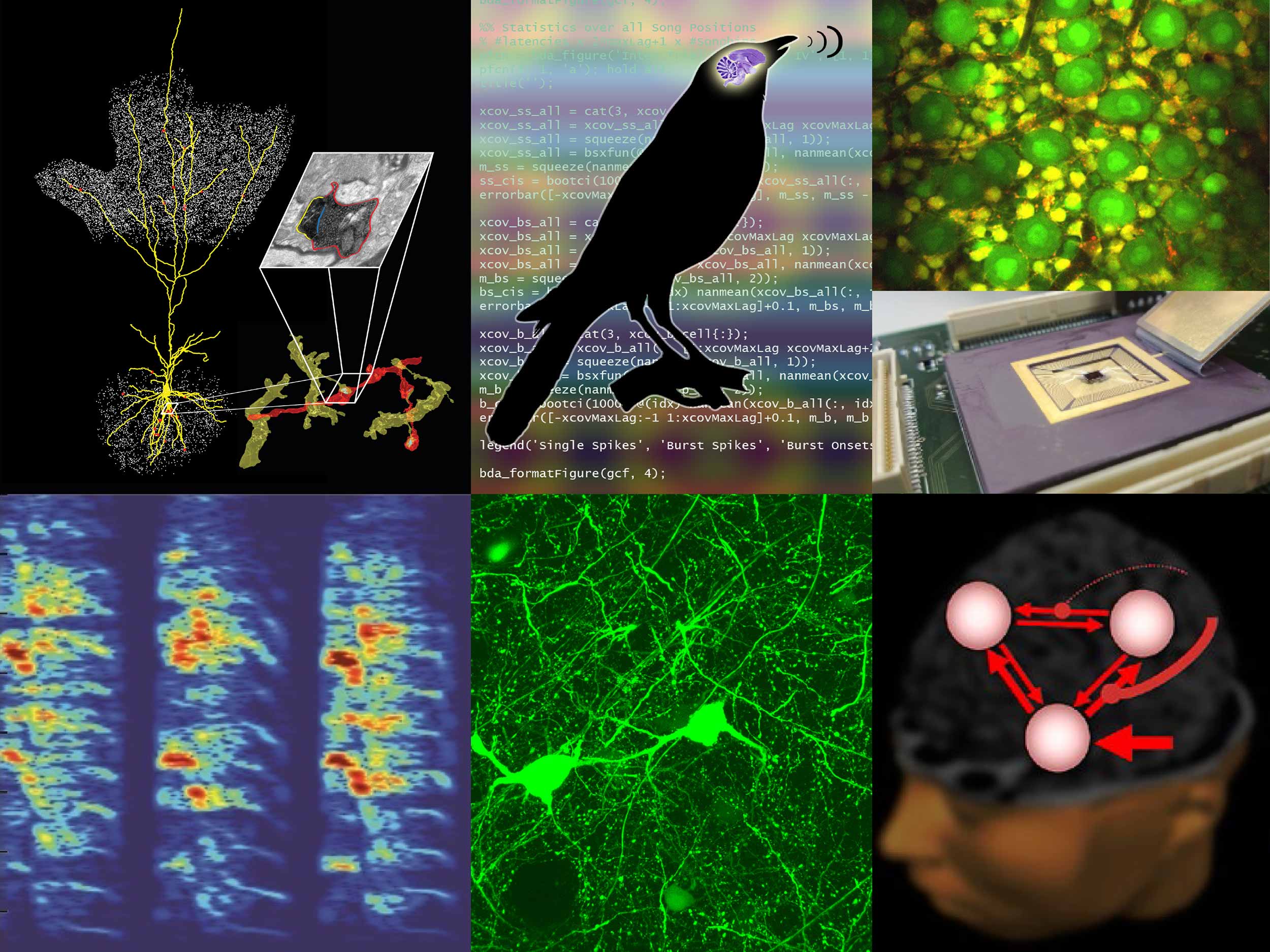Electronic brains in action

Artificial intelligence does not always require huge computing power. With electronic components and circuits, small devices can be built that mimic the way real brains work and can learn and solve problems on their own.

The Institute of Neuroinformatics at the University of Zurich and ETH Zurich is developing so-called “neuromorphic” devices that, like biological brains, are capable of solving problems and learning independently. Compared to conventional artificial intelligence algorithms, which use digital computers to simulate neural networks, this approach emulates biological neural systems using analog electronic circuits that consume significantly less energy. Systems built this way are therefore ideal for many different applications such as wearable intelligent sensors, prosthetics, or robotics.
At Scientifica, we will show devices that operate according to the same principles that apply in real biological networks. Therefore, it is also a goal of the Institute of Neuroinformatics to further our understanding of how real brains work in order to better replicate them in artificial devices. In the future, our society could rely more and more on these energy-efficient smart devices.
